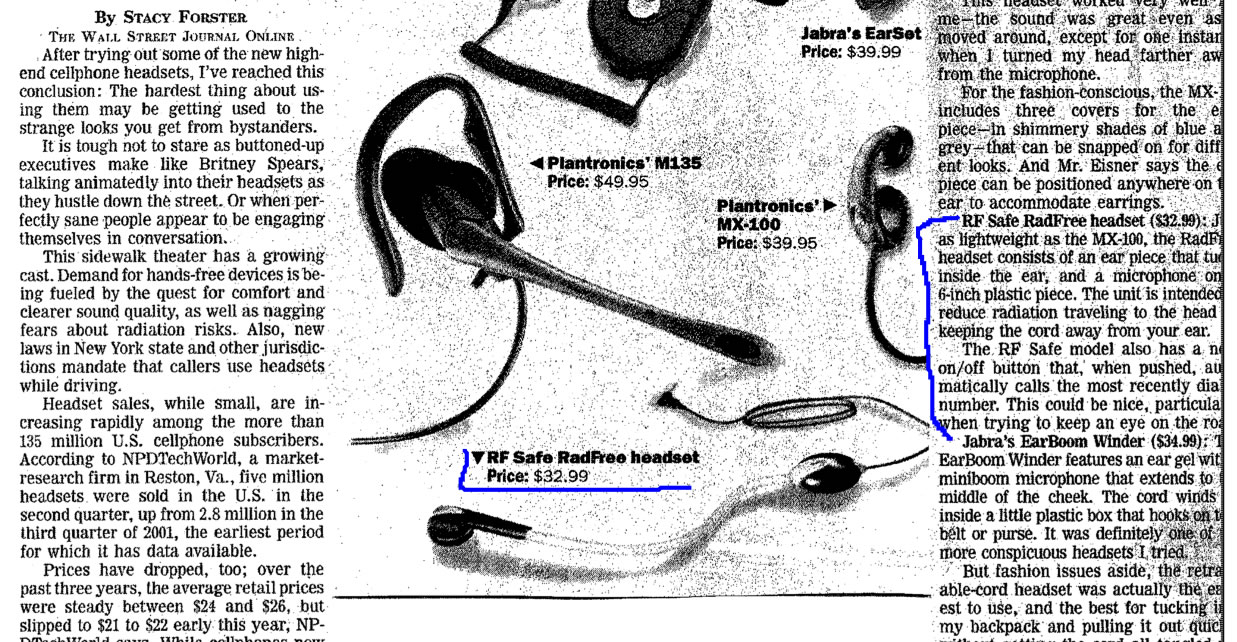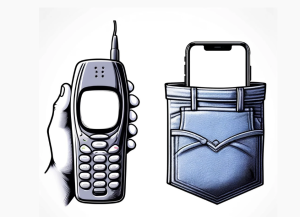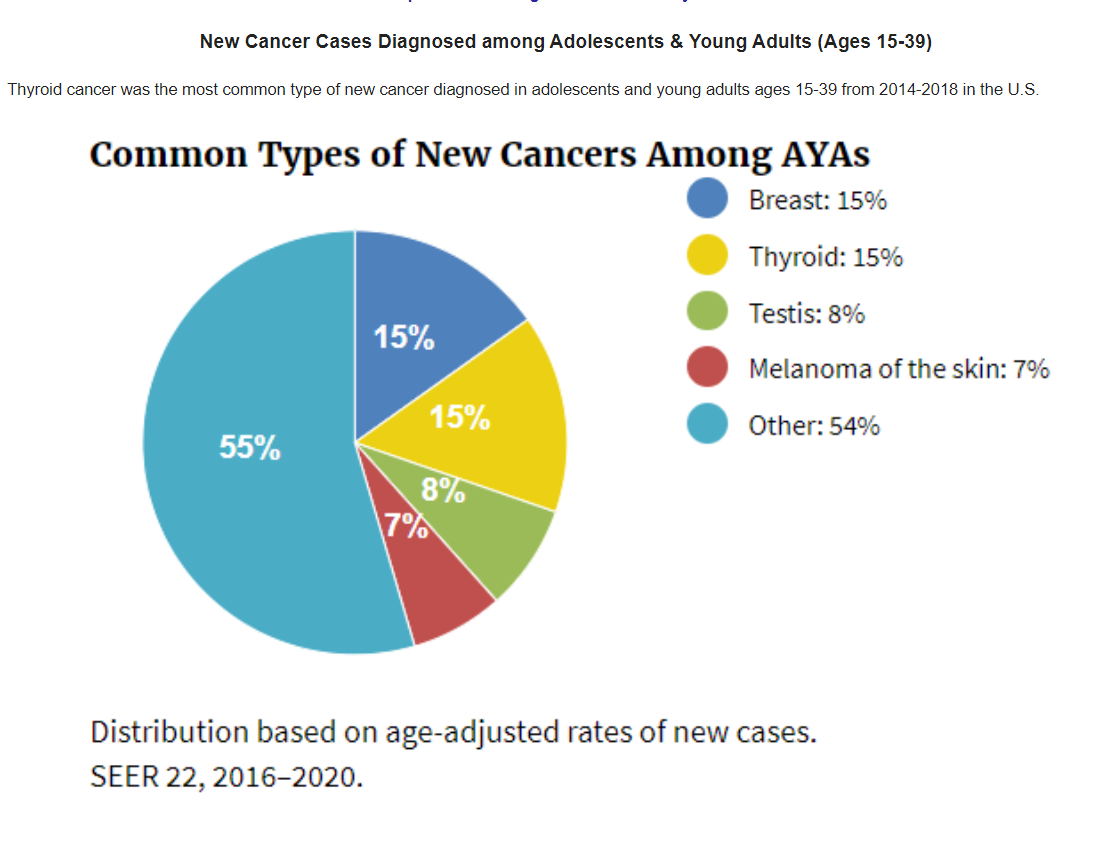In the ever-evolving landscape of mobile technology, safety concerns about radiation exposure from cell phones persist. While many consumers rely on SAR (Specific Absorption Rate) levels to gauge the safety of their devices, these numbers can be misleading. John Coates, founder of RF Safe and a pioneer in EMF safety, offers crucial insights into understanding these deceptive metrics and provides practical advice on reducing exposure to potentially harmful radiation.
The Misleading Nature of Samsung’s 15mm SAR Testing
SAR levels are designed to measure the amount of RF (radiofrequency) energy absorbed by the body when using a mobile phone. While on the surface, lower SAR values might suggest a safer device, Coates explains that this can be deceptive due to several factors:
Different Testing Distances
 “The FCC’s rules for SAR testing were established long before the advent of modern smartphones,” says Coates. For instance, Apple tests its iPhones at a distance of 5mm from the body, while Samsung often tests at 15mm. This increased distance significantly lowers the recorded SAR value, providing a false sense of safety.
“The FCC’s rules for SAR testing were established long before the advent of modern smartphones,” says Coates. For instance, Apple tests its iPhones at a distance of 5mm from the body, while Samsung often tests at 15mm. This increased distance significantly lowers the recorded SAR value, providing a false sense of safety.
Antenna Placement

Samsung has strategically relocated the antenna towards the bottom of their phones. “While this might reduce the SAR value recorded for the head, it could expose other parts of the body, like the thyroid gland, to higher levels of radiation,” Coates warns. The thyroid gland, unlike the brain, is not protected by bone, making it more susceptible to RF energy.
Outdated FCC Safety Standards
The FCC’s safety standards for RF radiation are based on guidelines established over two decades ago, focusing solely on thermal effects and ignoring the latest scientific evidence on non-thermal effects. These outdated standards have not kept pace with the design changes of modern technology, allowing manufacturers to exploit regulatory loopholes. “Samsung’s lower SAR values are a result of poorly designed and outdated regulatory guidelines and manipulative antenna design strategies rather than an actual reduction in radiation exposure,” Coates asserts.
Practical Advice from John Coates
Understanding these deceptive tactics allows us to use our phones more safely. Here are some practical tips from Coates:
Use Speakerphone
“Whenever possible, use the speakerphone function to keep the phone away from your body,” advises Coates. This simple practice can significantly reduce your exposure to RF radiation.
Hold the Phone by the Top
For those using Samsung S-series Galaxy phones, Coates suggests holding it by the camera end (top) during calls. “This avoids placing the most intense RF source in the palm of your hand and further away from your body,” he explains. By holding the phone at the top, you minimize the proximity of the antenna, which is typically located at the bottom, to your body. This reduces the amount of radiation your body absorbs.
WiFi vs. Cellular
The source of radiation changes when using WiFi instead of cellular data. When using WiFi, the radiation primarily comes from the top of the phone, so hold it normally. In contrast, for cellular calls, holding it by the top reduces exposure.
Directional Antennas
Modern phones use increasingly directional antennas, focusing RF energy more intensely in specific directions. Understanding this can help you position your phone to minimize exposure. Also, advocating for RF Safe antenna technologies is very important.
The Impact on Thyroid Cancer Rates
Educators at SaferEMR.com have suggested that the relocation of the antenna to the bottom of the phone could increase exposure to the thyroid gland. This gland lacks the protective bone structure that the skull provides for the brain, potentially leading to higher absorption of RF energy and increased cancer risk.
Coates’ Contributions to RF Safety
John Coates has made significant contributions to improving RF safety through innovative technologies. Early in his RF Safe career, he gave Jim Johnson the rights to patent an interferometric antenna array for wireless devices. This technology, which led to changes in the FCC’s antenna rules, used phase-shifted radiating elements to create a spatial null, minimizing radiation exposure to users.
Additionally, Coates has patented a zero SAR wireless network using Far UV light. This system transmits and receives data using Far-UVC light, which simultaneously sterilizes air and surfaces while being safe for continuous human exposure. “This technology leverages the germicidal properties of Far-UVC light to ensure safe communication without penetrating human skin, thus creating a zero-SAR communication environment,” Coates explains.
The FCC’s Outdated Safety Standards
It’s crucial to note that the FCC’s safety standards for RF radiation are outdated. In 2021, the D.C. Court of Appeals ruled that the FCC’s guidelines, established over two decades ago, are based on outdated thermal effects and fail to consider the latest scientific evidence on non-thermal effects. The court mandated the FCC to provide a reasoned explanation for its decision to retain these old standards, which the FCC has yet to do. This ruling underscores the need for updated safety guidelines that reflect the current understanding of RF radiation’s biological impacts.
A Legacy of Innovation and Advocacy

Coates’ involvement in EMF safety extends beyond these groundbreaking technologies. The image from 2002, which shows the RF Safe RadFree headset, is a testament to his long-standing commitment to protecting consumers from EMF exposure. “RF Safe was making world’s first air-tube headsets in the 1990s, along with shielded clothing, shielded phone cases, and belly bands for babies before the internet was even a teenager,” Coates recalls. His designs have become the foundation for many commonly sold EMF safety products on the market today.
Conclusion
SAR levels can be misleading, and it’s crucial to understand the specifics of your phone’s design and testing. By being aware of these factors and adjusting how you use your phone, you can reduce your exposure to harmful radiation. John Coates’ insights and innovations in RF safety provide valuable guidance for consumers seeking to protect themselves in a world increasingly dominated by wireless technology.
If you have questions, John Coates can be reached at 727-610-1188. “Time zones have little meaning on the internet, and I’ll get back to you as soon as I can. So, if I cannot answer your call because I am helping someone else, or maybe sleeping too, depending on when you call, please send a text message so I can help you understand why low SAR doesn’t mean safer!” Coates emphasizes.
Stay informed, stay safe, and always be mindful of how you use your technology that employs microwave radiation to function. Your life might depend on it!
Here are some crucial insights for you. Every day, people visit our pages to compare SAR (Specific Absorption Rate) levels between phones from all over the world, aiming to find the safest option. This has led many to believe that Samsung phones are safer due to their lower SAR levels. However, there are significant details that need to be understood to truly grasp the safety of your phone.
The Misleading Nature of SAR Testing
SAR levels are used to measure the amount of RF (radiofrequency) energy absorbed by the body when using a mobile phone. While Samsung’s phones often show lower SAR values, this can be deceptive. The primary reasons for this are:

- Different Testing Distances: The FCC’s rules for SAR testing were designed before modern phones could fit in our pockets. For example, Apple tests its iPhones at a distance of 5mm from the body, while Samsung often tests at 15mm. This increased distance significantly lowers the recorded SAR value, giving a false impression of safety.
- Antenna Placement: Samsung has relocated the antenna towards the bottom of the phone. While this might lower the SAR value recorded for the head, it could expose other parts of the body, like the thyroid gland, to higher levels of radiation. The thyroid gland, unlike the brain, is not protected by bone, making it more susceptible to RF energy.
- Outdated Safety Standards: The FCC’s safety standards for RF radiation are outdated, based on guidelines established over two decades ago. These standards focus solely on thermal effects and do not consider the latest scientific evidence on non-thermal effects. Additionally, the testing locations were never updated to reflect changes in antenna placement and how devices are used and stored today. This means the safety standards have not kept pace with the design changes of modern technology. The distance of separation loophole in the outdated FCC standards allows manufacturers like Samsung to present the illusion of a safer device but may present a greater risk for consumers instead.
The combination of these factors means you can’t compare SAR levels between different manufacturers “apples to apples”. Samsung’s lower SAR values are simply a result of poorly designed and outdated regulatory guidelines and manipulative antenna design strategies rather than an actual reduction in radiation exposure.








